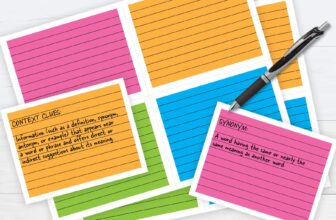7 Things Every Student Should Know About Concept Mapping
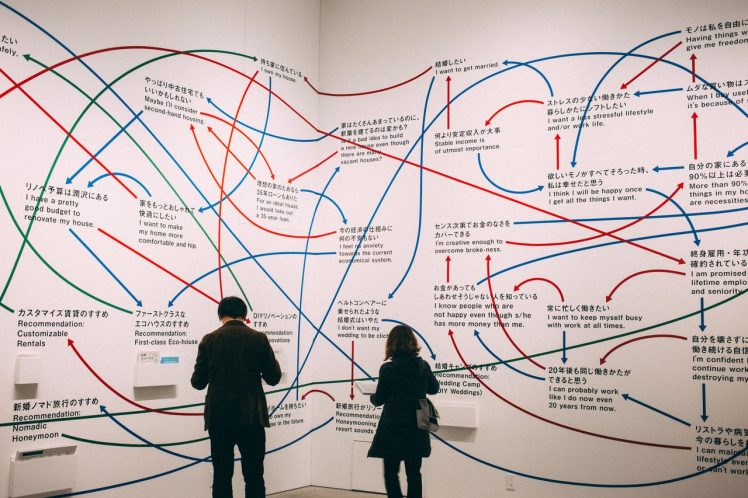
Concept mapping is a technique for visualizing one’s ideas and thoughts. This technique is typically used to assist people in comprehending complicated topics.
Conceptual maps are frequently constructed and drawn on paper. However, they can also be developed with the help of a concept map creator.
Concept maps are ideal for visual classes or information with visual content. They can also be used in situations in which it is critical to observe and grasp relationships of various aspects. These conceptual diagrams are also used to compare and differentiate information and examine it. You can click here to know more about the concept map examples in practice.
Top 7 Key Features Students Should Learn About The Concept Mapping
The terms concept maps and conceptual diagrams are interchangeable. Though several types of graphs might appear identical, conceptual maps have unique features that set them apart from other optical tools.
1. Concepts
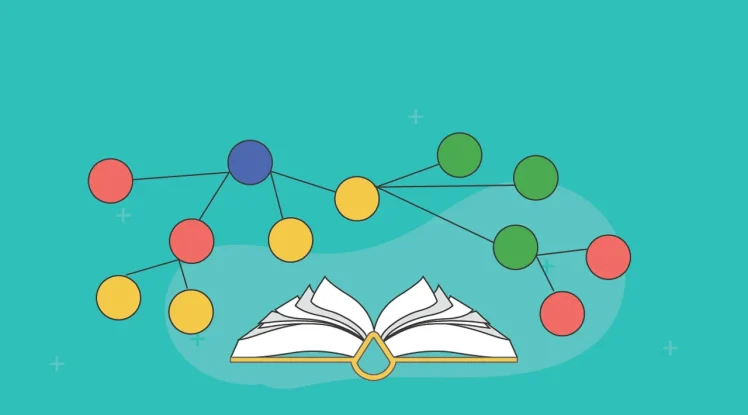
Source: morioh.com
Concepts are illustrated as shapes in the illustration. They are interpreted as anticipated patterns in items or events. In addition to that, they are known as records of items or incidents denoted by a label.
2. Associating words or phrases
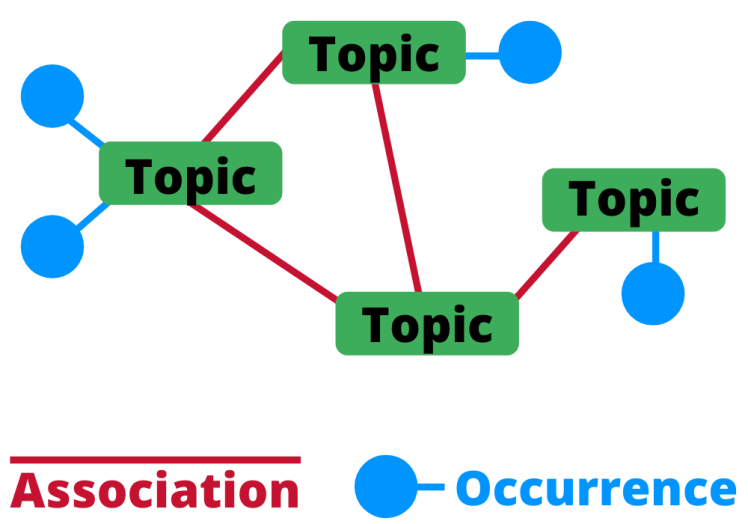
Source: mindomo.com
Linking words or phrases can be found on the chains that connect the items in the conceptual diagram. Besides that, these words characterize the relationship between different concepts. They are as short as possible and usually include a verb. Some examples are: needs, causes, contains, and more.
3. Propositional structure
Propositions are noteworthy assertions that incorporate more than one theory and are linked by connecting words. These messages are sometimes referred to as semantic units or meaning units.
The base for the generation of new knowledge in an area are concepts and propositions. A conceptual map is a visual representation of a group of propositions regarding a specific topic.
4. Hierarchical structure
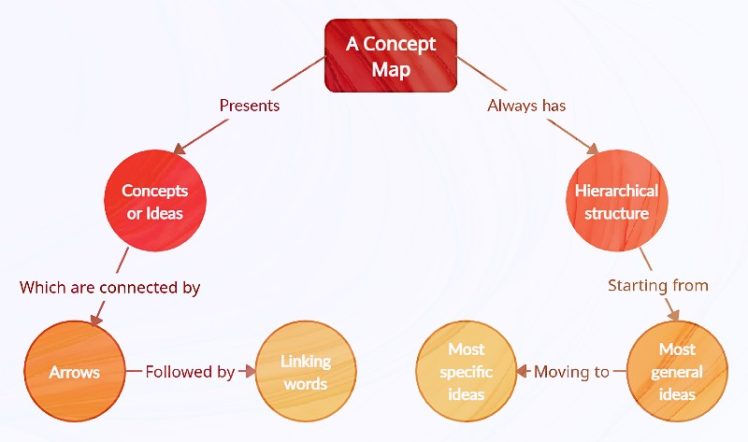
Source: 4writers.net
The conceptual map’s hierarchical structure is a significant feature. In general, the map’s broad and inclusive concepts are constructed at the top tier and the specialized, exclusive theories are grouped hierarchically in the below tiers. As a result, a conceptual map is made to be read from top to bottom.
5. Focus question
The problem or situation that the conceptual diagram has to address is defined by a focal question. Creating a focal question enables you to design with a preliminary context, which aids in the direction and maintenance of the concept map. The focus question must be at the prime of the conceptual diagram and act as a reference point within the hierarchical structure.
6. Parking lot
Prior to making the map, it is a decent idea to make a list of the primary concepts that need to be incorporated in the conceptual map. Create a rank-ordered list, starting with the common concept and working your way down to the most particular. As you will be moving the things into the map as you figure it out, this list is illustrated as a parking lot.
7. Cross-links
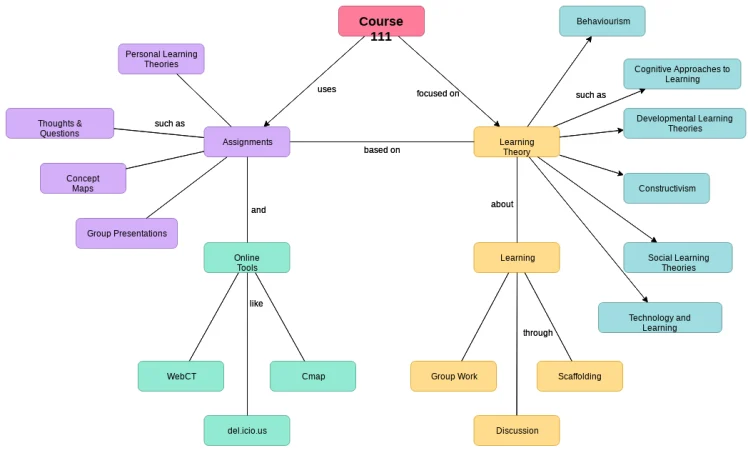
Source: monday.com
Cross-links are connections between concepts in several areas of the conceptual diagram that enable you to see how ideas in these environments are related. The cross-links and hierarchical structure encourage creative thinking, and the cross-links frequently signify imaginative moments.
Importance Of Concept Mapping For Education And Students
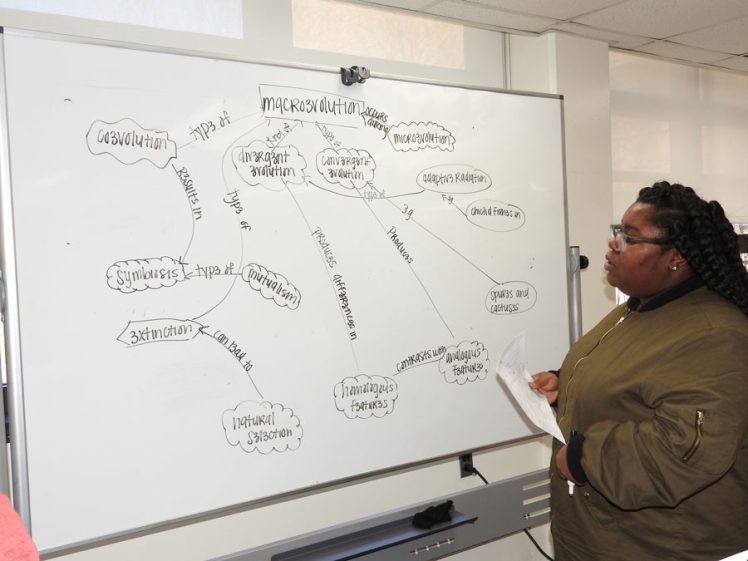
Source: medium.com
In the field of education, the conceptual mapping may be a valuable tool for students to act at high cognitive levels and for teachers to solve difficult subjects and measure student knowledge.
Concept mapping can be used by students to:
- Compose and organize new material
- Boost learning by connecting new and old information.
- Draw connections between things like vocabulary words, characters in a novel, historical events, and so on.
- Make a plan or draw an outline for writing tasks.
- Create their own knowledge presentations
- Come up with innovative ideas.
- Make detailed notes
- Prepare a study guide
- Create intricate structures
Conceptual mapping can be used by teachers to:
- Make a curriculum plan
- Analyze student understanding or interpret misreading of students
- Teach complex concepts easily
- Assist struggling students while reading
When educators use conceptual maps in teaching methods, they can give students tools to aid in the procedure:
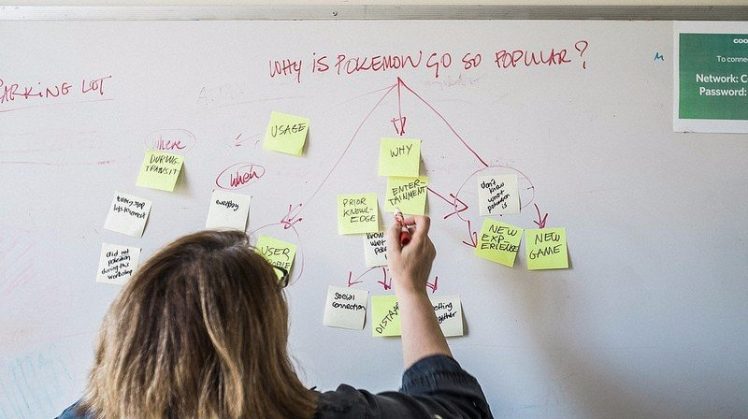
Source: expertassignmenthelp.com
- Provide a focus question to start a conversation
- Create a parking lot in order to help students determine what to include in their diagram
- Deliver expert skeleton maps so that students have a structure to follow. These are small conceptual diagrams started by an expert on the topic, which students can then improve.
What Are Different Types Of Concept Mapping
There are different types of concept diagrams. Let’s have a look at the most common conceptual maps.
1. Spider map
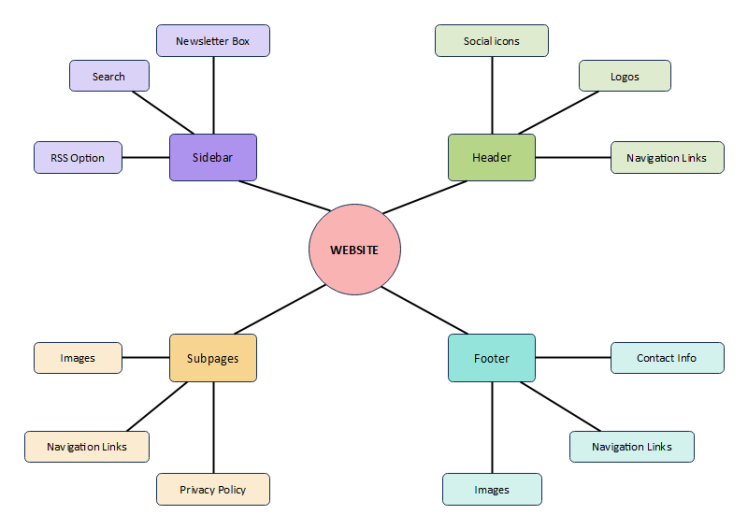
Source: edrawmax.com
This map’s name comes from the fact that it resembles a spider web. You have to begin at the center with your primary idea and work your way to include subtopics in a radial structure. You can add various small subtopics to the main subtopics and more.
2. Flowchart
Many of us might be familiar with a flowchart before, but some of us might not have known that it was actually a type of concept map. This conceptual diagram shows the steps of a procedure. In general, the arrows represent different choices that are made or actions that are taken.
3. Hierarchy map
A hierarchy map is a form of a conceptual diagram that depicts a hierarchy. For instance, you can consider your firm’s organizational chart which is an ideal illustration of a hierarchy diagram since it depicts employees’ roles and superiority levels.
4. System map
A system diagram is the most complicated of all types of concept maps because it depicts all the distinct aspects of an idea and how they correlate. Connecting lines can contain + or – signs to indicate positive or negative relationships.
Bottom Line
We have listed all the essential features and different types of concept mapping every student should know about conceptual mapping. As you can see, concept maps are beneficial for students, particularly those who can grasp topics better visually. They are a significant study technique that you can use to learn effectively.


